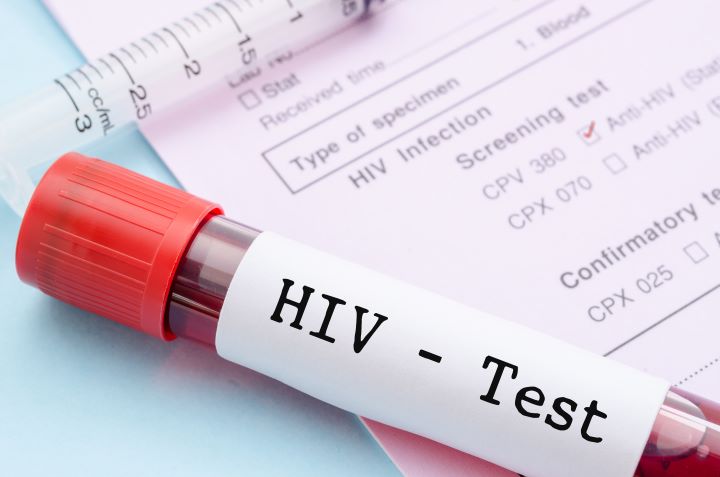Understanding Endocrine Disorders: Parathyroid Gland Dysfunction
Endocrine disorders can significantly impact a person's overall health and well-being. Among these conditions, parathyroid gland dysfunction, including hypoparathyroidism and hyperparathyroidism, deserves special attention. This article delves into the early signs, symptoms, and key aspects of these disorders, providing valuable insights for those seeking to understand or identify potential parathyroid issues.

What are the early signs of hypoparathyroidism?
Hypoparathyroidism is a condition characterized by underactive parathyroid glands, resulting in low calcium levels in the body. Early signs of hypoparathyroidism can be subtle but may include:
-
Tingling or numbness in the fingers, toes, or around the mouth
-
Muscle cramps or twitching
-
Fatigue and weakness
-
Anxiety or irritability
-
Dry, coarse skin
These symptoms often develop gradually and may be easily overlooked. However, recognizing these early signs is crucial for timely diagnosis and treatment.
How do hypoparathyroidism symptoms differ in women?
While hypoparathyroidism can affect both men and women, some symptoms may be more pronounced or specific to women. Hypoparathyroidism disease symptoms in women may include:
-
Menstrual irregularities
-
Increased risk of osteoporosis
-
Hair loss or brittle nails
-
Mood swings and depression
-
Difficulty concentrating or memory problems
Women should be particularly vigilant about these symptoms, especially if they have a history of thyroid issues or have undergone thyroid surgery.
What are the common hypoparathyroidism symptoms to watch for?
Hypoparathyroidism symptoms can range from mild to severe and may include:
-
Muscle spasms or tetany
-
Seizures
-
Difficulty swallowing or speaking
-
Headaches
-
Cataracts (in long-term cases)
-
Dental problems, such as weak tooth enamel
It’s important to note that symptoms can vary widely among individuals. Some people may experience only a few mild symptoms, while others may have more severe manifestations.
What does a hyperparathyroidism symptoms checklist look like?
Hyperparathyroidism, the opposite of hypoparathyroidism, involves overactive parathyroid glands. A hyperparathyroidism symptoms checklist might include:
-
Bone pain or tenderness
-
Kidney stones
-
Excessive urination
-
Abdominal pain
-
Weakness and fatigue
-
Depression or mood changes
-
Memory loss or confusion
-
High blood pressure
-
Nausea and loss of appetite
If you experience several of these symptoms, especially in combination, it’s advisable to consult with a healthcare professional for proper evaluation.
What are the key parathyroid symptoms to be aware of?
Parathyroid symptoms can be diverse and may overlap with other conditions. Key symptoms to be aware of include:
-
Unexplained fatigue
-
Joint pain or stiffness
-
Frequent headaches
-
Difficulty concentrating
-
Mood swings or irritability
-
Muscle weakness
-
Changes in appetite or weight
-
Increased thirst and urination
In the United States, awareness of parathyroid disorders is growing, but many cases still go undiagnosed or misdiagnosed. Regular check-ups and blood tests can help detect parathyroid issues early, leading to better management and outcomes.
How are parathyroid disorders diagnosed and treated?
Diagnosing parathyroid disorders typically involves a combination of blood tests, imaging studies, and physical examinations. Treatment options vary depending on the specific condition:
-
Hypoparathyroidism treatment:
-
Calcium and vitamin D supplements
-
Regular monitoring of calcium levels
-
In some cases, parathyroid hormone replacement therapy
-
-
Hyperparathyroidism treatment:
-
Surgery to remove overactive parathyroid glands
-
Medications to control calcium levels
-
Lifestyle changes, such as increasing fluid intake and exercise
-
| Condition | Common Diagnostic Tests | Primary Treatment Options |
|---|---|---|
| Hypoparathyroidism | Serum calcium, PTH, and vitamin D tests | Calcium and vitamin D supplementation |
| Hyperparathyroidism | Serum calcium, PTH, and imaging studies | Parathyroidectomy (surgery) |
Prices, rates, or cost estimates mentioned in this article are based on the latest available information but may change over time. Independent research is advised before making financial decisions.
In conclusion, understanding the symptoms and characteristics of parathyroid disorders is crucial for early detection and effective management. Whether dealing with hypoparathyroidism or hyperparathyroidism, being aware of the signs and seeking prompt medical attention can significantly improve quality of life and prevent complications. Regular check-ups and open communication with healthcare providers are key to maintaining optimal parathyroid health.
This article is for informational purposes only and should not be considered medical advice. Please consult a qualified healthcare professional for personalized guidance and treatment.




